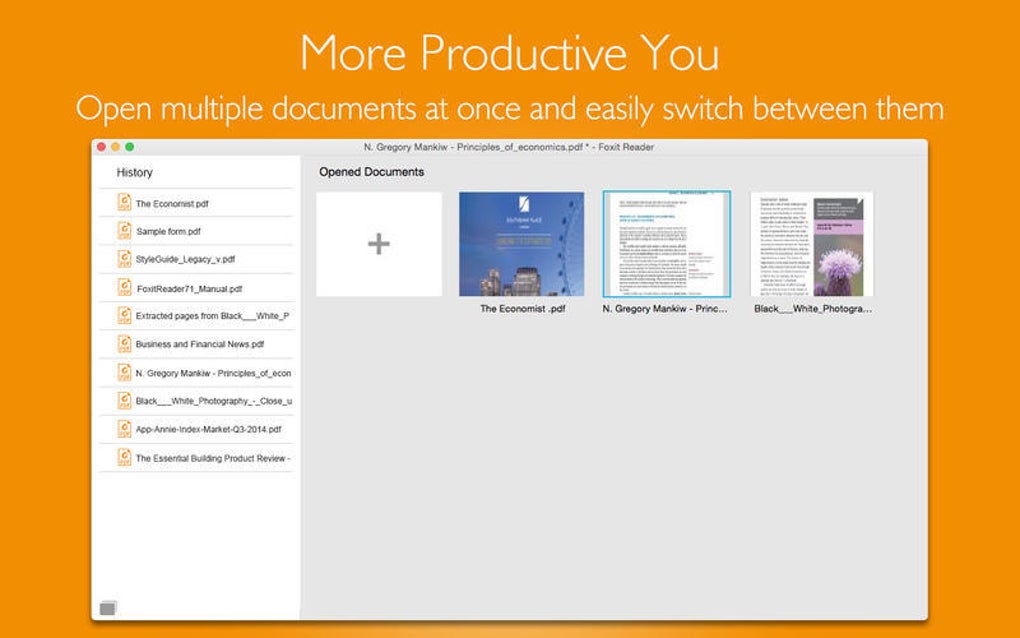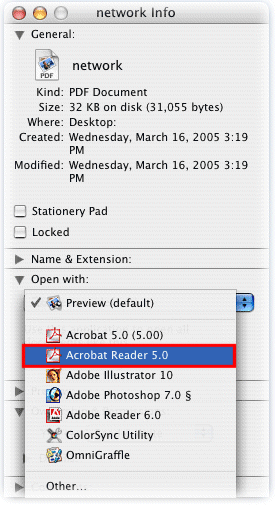Acrobat and Acrobat Reader will run under Rosetta 2 emulation mode on Apple devices with M1 processors running macOS Big Sur. You may want to remain on your current macOS version or test in a non-production partition to ensure all your software and hardware is compatible. Adobe Reader (AcroRd32.exe). With Acrobat Reader DC, you can do even more than open and view PDF files. It’s easy to add annotations to documents using a complete set of commenting tools. Acrobat Reader DC is connected to Adobe Document Cloud, so you can work with your PDFs anywhere.
-->Applies to: Azure Information Protection

Relevant for: AIP unified labeling client and classic client
Note
To provide a unified and streamlined customer experience, the Azure Information Protection classic client and Label Management in the Azure Portal are deprecated as of March 31, 2021. While the classic client continues to work as configured, no further support is provided, and maintenance versions will no longer be released for the classic client.
We recommend that you migrate to unified labeling and upgrade to the unified labeling client. Learn more in our recent deprecation blog.
This article describes the protected PDF readers that are supported for Azure Information Protection (AIP). Protected PDF readers enable users to open those encrypted PDFs and view the sensitive information contained.
Encrypting your PDFs with AIP ensures that unauthorized people cannot read the file's content. Protected PDF readers that support AIP verify that you've been granted permissions to open the document, and also decrypt the content for you.
For example, the following image shows an encrypted document open in Adobe Acrobat Reader. The bar at the top indicates that the document is protected by a Microsoft Information Protection solution.
For instructions, see the following sections:
Tip
If your document doesn't open after installing a recommended reader, the document may be protected in an older format.
In this case, try one of the readers listed as supported for previous formats. For more information, see Support for previous formats.
ISO standards for PDF encryption
The PDF readers referenced on this page can all open protected documents that adhere to the ISO standard for PDF encryption.
This standard is used by default by the AIP client.
Note
Classic client only: If you have the AIP classic client, this may have been disabled by an administrator.
Viewing protected PDFs in Adobe Acrobat Reader
Adobe Acrobat Reader integrates with Microsoft Information Protection solutions, such as Azure Information Protection to provide users with a simplified and consistent experience for classified and/or protected PDFs.
The Adobe Acrobat Reader with Microsoft Information Protection integration is supported for Windows and macOS.
For more information, see the following blog posts:
Viewing protected PDFs in Microsoft Edge on Windows or Mac
Microsoft Edge offers built-in support for viewing PDF files that are classified and protected. Use of Microsoft Edge ensures that users can open protected PDF files seamlessly without the need to install or configure any extra settings or software.
Supported versions include:

Windows: Windows 10 and previous versions through Windows 8.
For more information about earlier versions, see Support for previous formats.
Mac: macOS versions 10.12 and above
Instructions:
Check which Microsoft Edge version is installed on your system.
If the Microsoft Edge version is 83.0.478.37 or above, you can open protected files directly in the Edge browser.
To open PDF files in SharePoint, click Open > Open in browser.
Installing a protected PDF reader for Windows or Mac
To open a protected PDF document on your desktop computer, we recommend that you install the relevant Microsoft Information Protection (MIP) plug-in for Acrobat and Acrobat Reader for your operating system.
Adobe Reader Mac Os
Instructions:
If you haven't already, install the Adobe Reader from the Adobe site.
Make sure that you read and agree to the Adobe General Terms of Use.
Install the MIP plug-in for Acrobat and Acrobat Reader for your operating system.
Supported versions include:
Windows: Windows 10 and previous versions through Windows 8.
For more information about earlier versions, see Support for previous formats.
Mac: macOS versions 10.12 - 10.14
If prompted for admin approval, ask your admin to authorize the plug-in.
For example:
Note
For more information, see the Microsoft Information Protection and Adobe release announcement.
Alternative protected PDF readers for Windows
Alternatively, use one of the following PDF readers for Windows that adhere to the ISO standard for PDF encryption:
Installing a protected PDF reader for mobile (iOS/Android)
To open a protected PDF on your iOS or Android device, download and install the app for your operating system:
| OS | Link |
|---|---|
| iTunes | |
| Google Play |
For more information, see Mobile viewer apps for Azure Information Protection (iOS and Android).
Support for previous formats
Adobe Reader Mac Os 10.15
The following PDF readers support both protected PDFs with a .ppdf extension, and older formats with a .pdf extension.
If you're unable to open your protected PDF using the recommended reader, the document may be protected in a previous format. For example, Microsoft SharePoint currently uses an older format for PDF documents in IRM-protected libraries.

Windows 10 / previous versions through Windows 7 Service Pack 1
- Gaaiho Doc
- GigaTrust Desktop PDF Client for Adobe
- Foxit Reader
- Nitro PDF Reader
- Nuance Power PDF
- Edge Chromium
Android:
- Foxit MobilePDF with RMS
- GigaTrust App for Android
iOS:
- Foxit MobilePDF with RMS
- TITUS Docs
macOS Catalina: Edge Chromium
Next steps
If you need more help after installing, use the instructions and documentation for each reader. For example, see the following articles:
